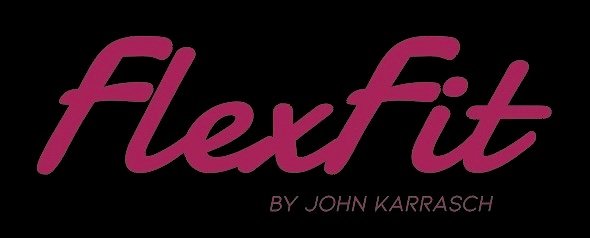What are the benefits of a steeper seat tube angle?
Mountain bike geometry has been evolving over the last few years as many have probably noticed or experienced. Slacker head tube angles, longer reach frames, shorter stems, steeper seat tube angles. This will focus on seat tube angles. Years ago I think STAs were TOO slack around 71-72 degrees. I honestly think around 74 degrees is optimal for seated pedaling for most riders. As to why I think this look up Bontrager’s KOPS article, Steve Hoggs Seat Setback article, or Peter White’s Bike Fit article. This (midrange STAs) puts the majority of the riders weight over the pedals without having lots of hand pressure from being too far forwards. The steeper STAs around 76 or so are made with descending and climbing as the priorities...at the expense of seated pedaling comfort. Given a static bar position given Lee McCormack’s RAD system, the steep STA will give a cramped cockpit reach and a bit too much hand weight on the bars for many riders but NOT all. Steep STAs are great for climbing as the gradient has already pushed the riders center of mass behind the pedal so this gets you back into a powerful position somewhat. The steep STA also aids bike handling during climbing. The slack head angles and short stems tend to make the front wheel a bit hard to control and floppy during technical climbing. This is the price paid for downhill high speed stability.
Anatomy wise the forward seat position means more quad usage and less hamstrings, glutes, and low back. This means knee is over pedal spindle more which I’m not too worried about as KOPS is kind of an arbitrary relationship. This means the pedal stroke is a bit “knee dominant” which isn’t a bad thing in my opinion.
How to adapt?
Firstly make sure your seat height is correct. Too low and too far forward is BAD. Also doing some solid off bike training is critical. Goblet squats, step ups, and split squats are good options. The seated knee extension machine is solid also. Don’t be scared of it being “not functional”. Also regardless of what STA the bike comes with riders with long legs will need a more forward seat position vs the long torso crowd. Also riding a foot position a bit more forward on the pedal than usual can help a steep STA feel better.
Questions? What do y’all think?
